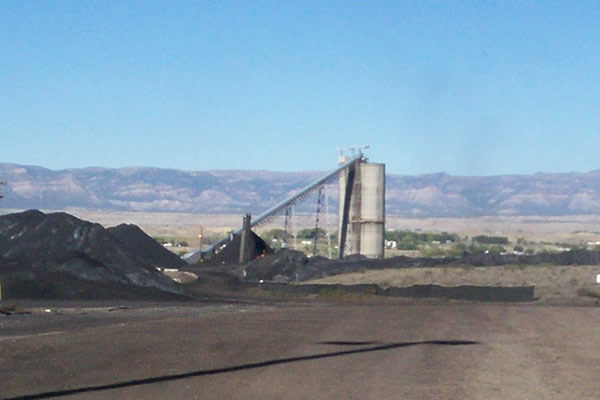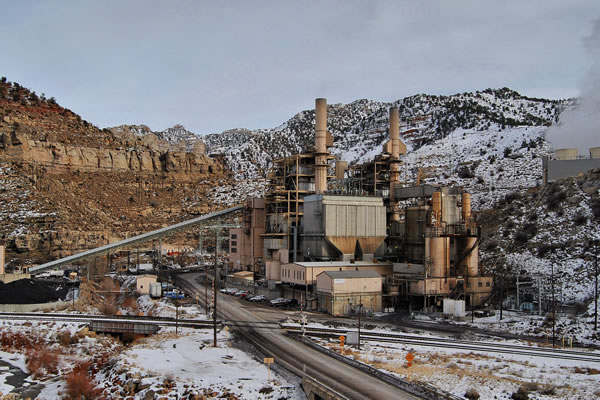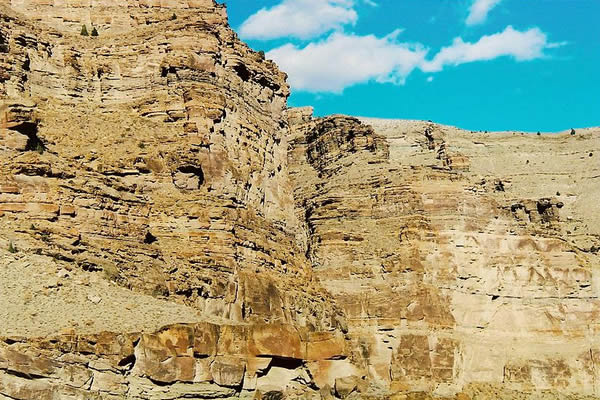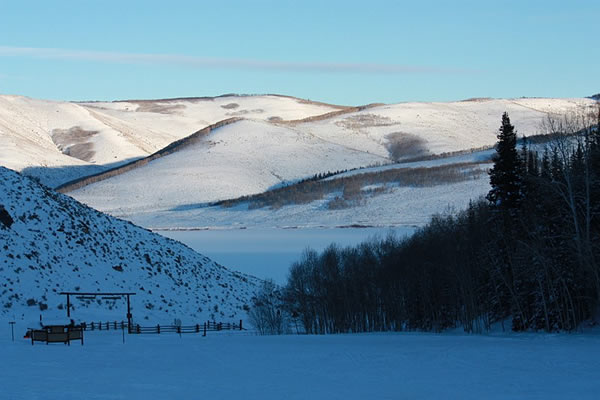Carbon County

Carbon County may be best known for coal mining and for dinosaur fossils. While there are examples of the early Fremont cultures, the area wasn't very populated until the1880s. During this time the railroad companies, looking for a way to connect Denver and Salt Lake City, stumbled across the coal in the hills of Carbon County. Many coal companies set-up rail towns, mostly ghost towns today, and brought in workers from around the globe to mine and build railroad tracks. Price became the largest city in the county because of its proximity to the main roads and the rail lines.
Today, Carbon County continues to mine coal. Also, a large Utah Power and Light power plant is located in the county, burning coal to produce steam which eventually produces power. Price, the county seat, has a large collection of dinosaur bones found in the Prehistoric Museum at the Utah State University Eastern. Many of these bones were actually found in this county at the working Cleveland-Lloyd Dinosaur Quarry. Finally, another memorable archaeological site in Carbon County is Nine Mile Canyon. Here a traveler can see more examples of early Native Americans with beautiful rock art as well as early settlers to the area.
More information for Carbon County can be found at the following sites:
- UOPL: Carbon County Profile
- Carbon County Camber of Commerce
- Ghost Towns-Carbon County
- Go-Utah.com - Price
- Prehistoric Museum
- Price
- Utah.com - Price
- Utah Counties Profile - Carbon County
- Utah History Encyclopedia - Carbon County
- Utah History for Kids - Carbon County
- Utah State University Eastern
- U.S. Census Quickfacts - Carbon County
- Visit Utah - Price
- Western Mining and Railroad Museum

Image from Wikimedia Commons
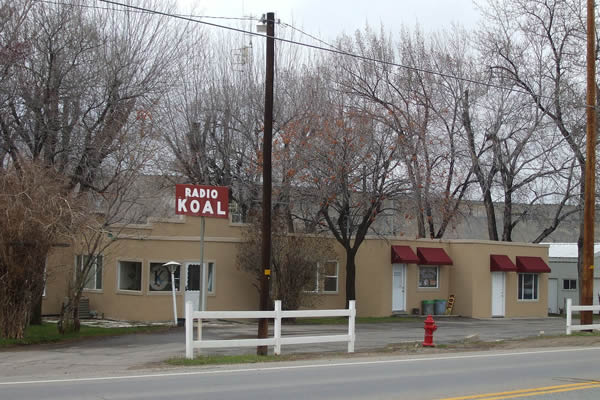
Image from Wikimedia Commons
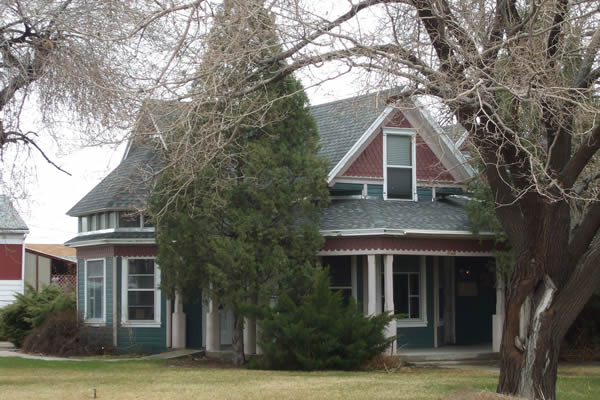
Image from Wikimedia Commons
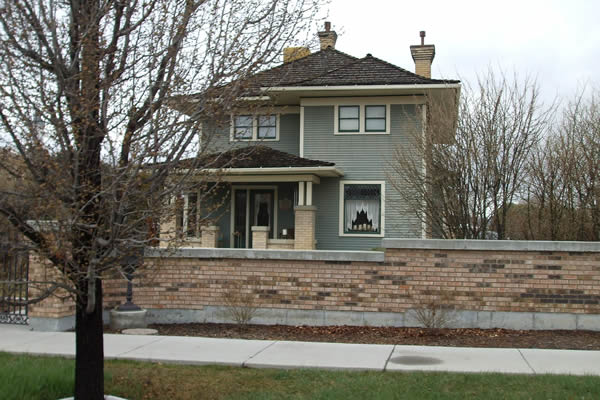
Image from Wikimedia Commons
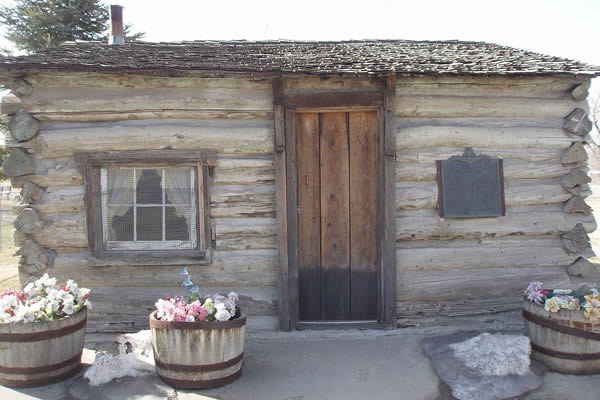
Image from Wikimedia Commons
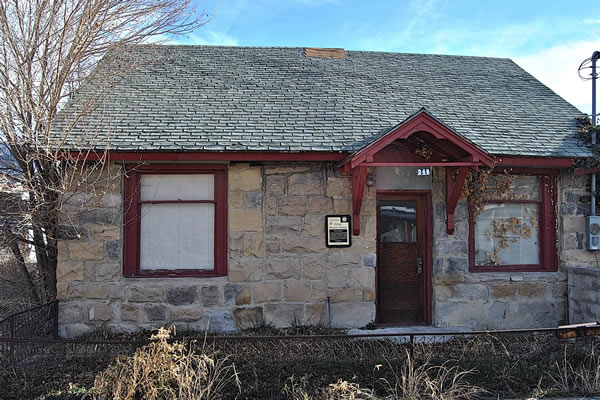
Image from Wikimedia Commons
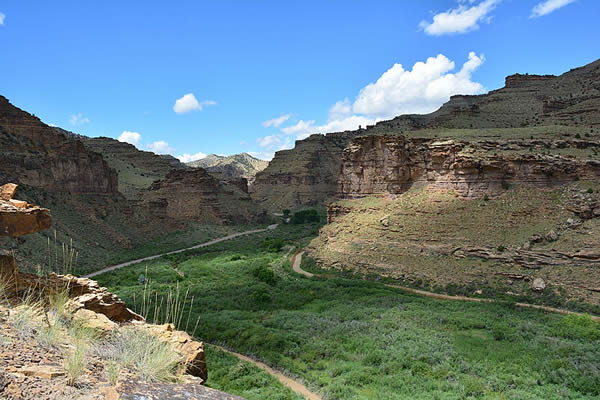
Image from Wikimedia Commons
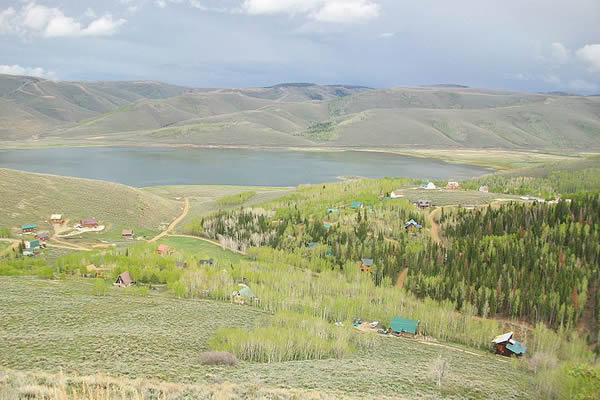
Image from Wikimedia Commons

Natural casts of Hadrosaur tracks from the Blackhawk Formation from various mines in Carbon County, Utah.
Image from Wikimedia Commons
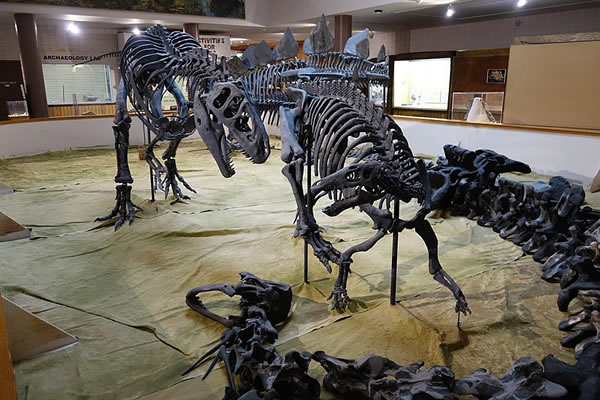
Image from Wikimedia Commons
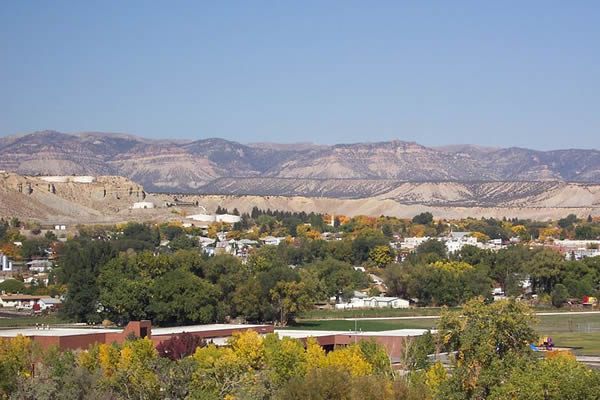
Image from Wikimedia Commons

Image from Wikimedia Commons


 UTAH EDUCATION NETWORK
UTAH EDUCATION NETWORK

 Justin
Justin Braxton
Braxton Dani
Dani Rob
Rob Val
Val


